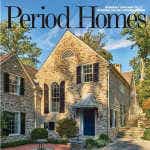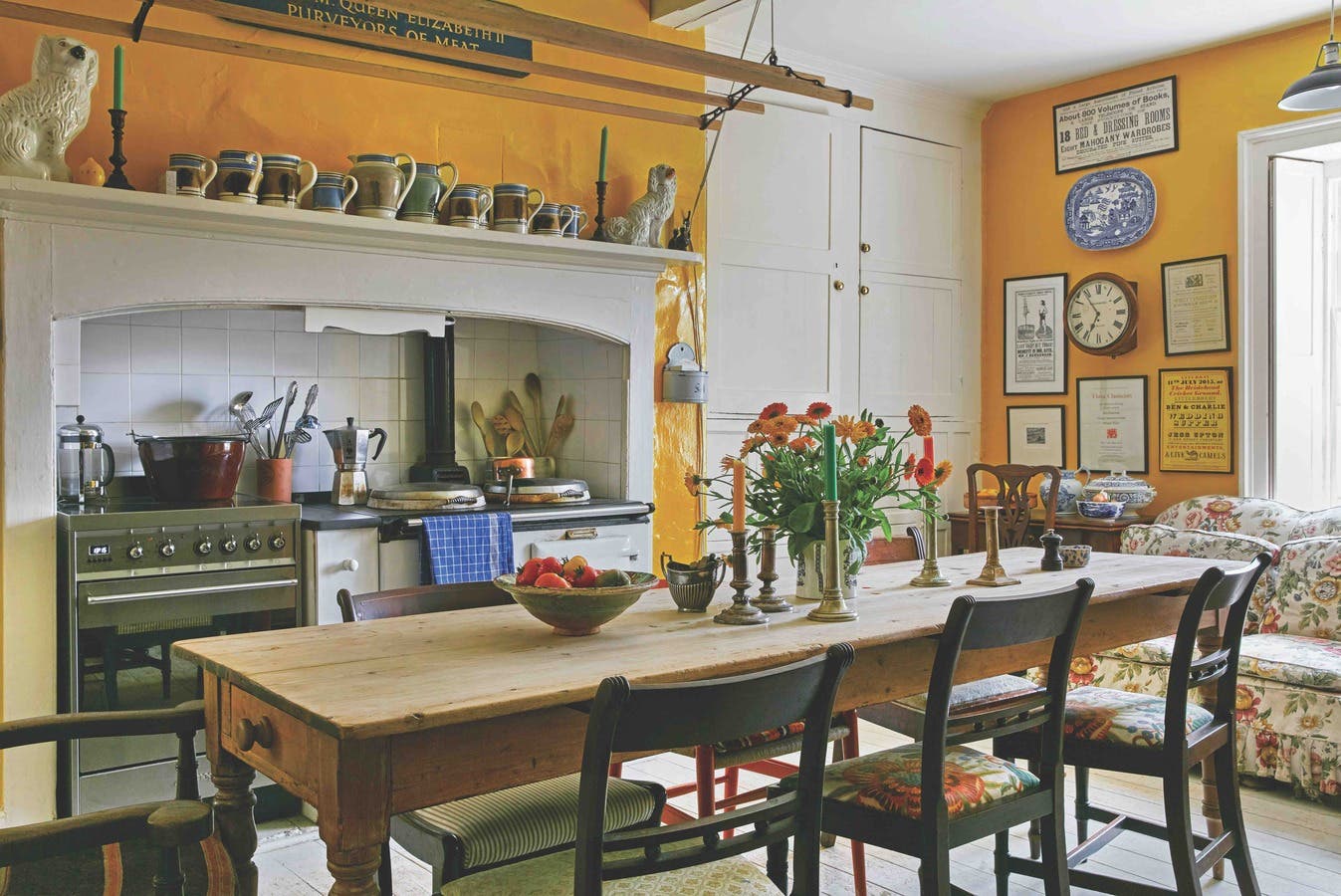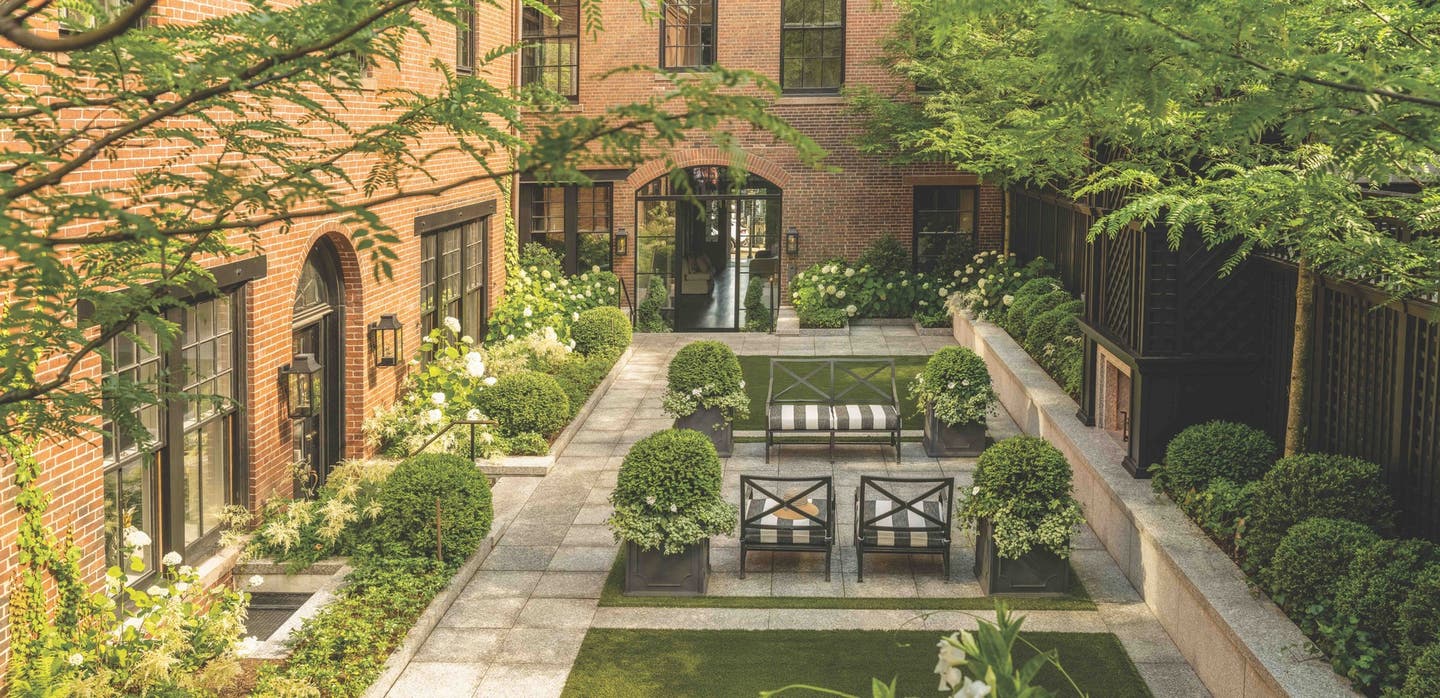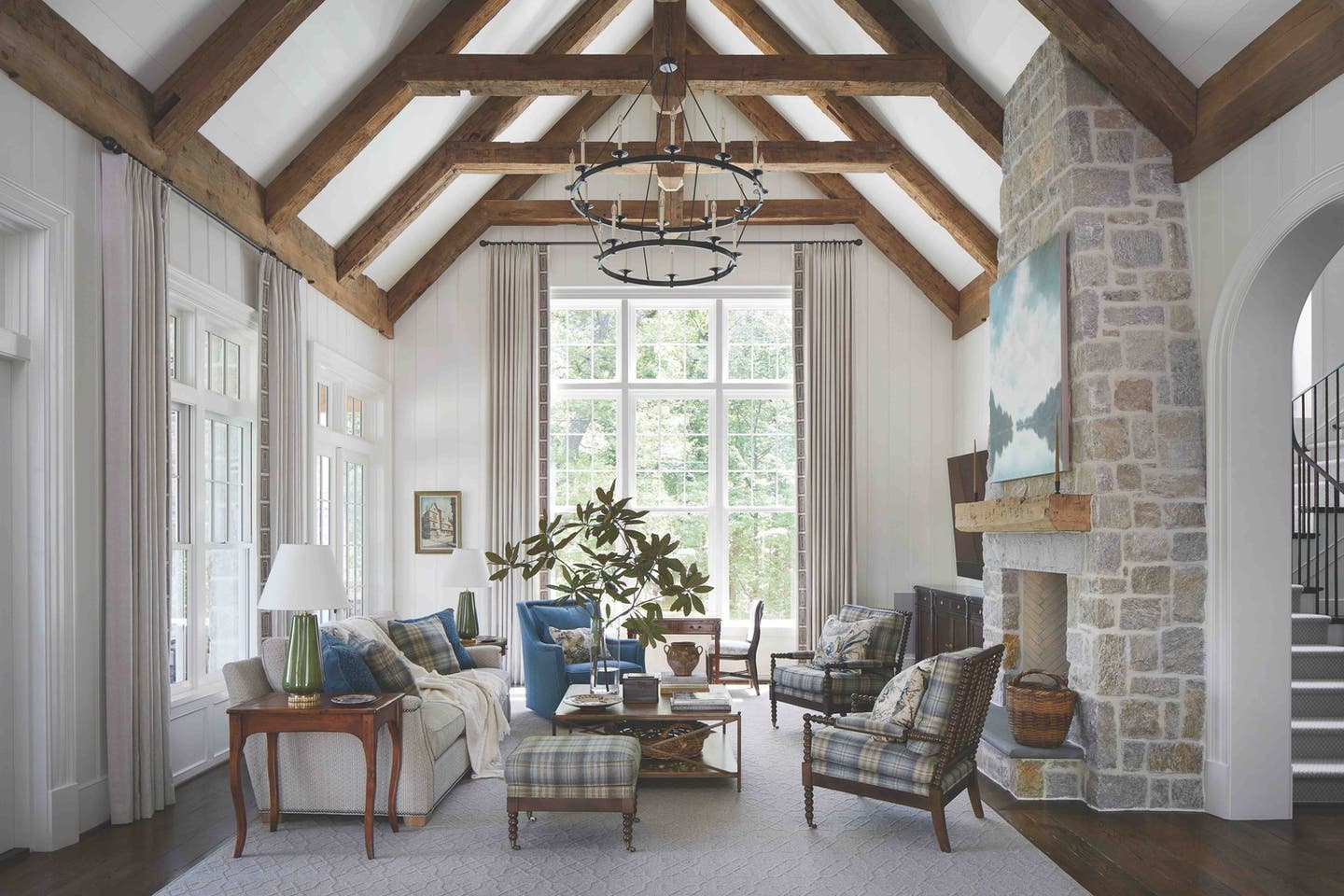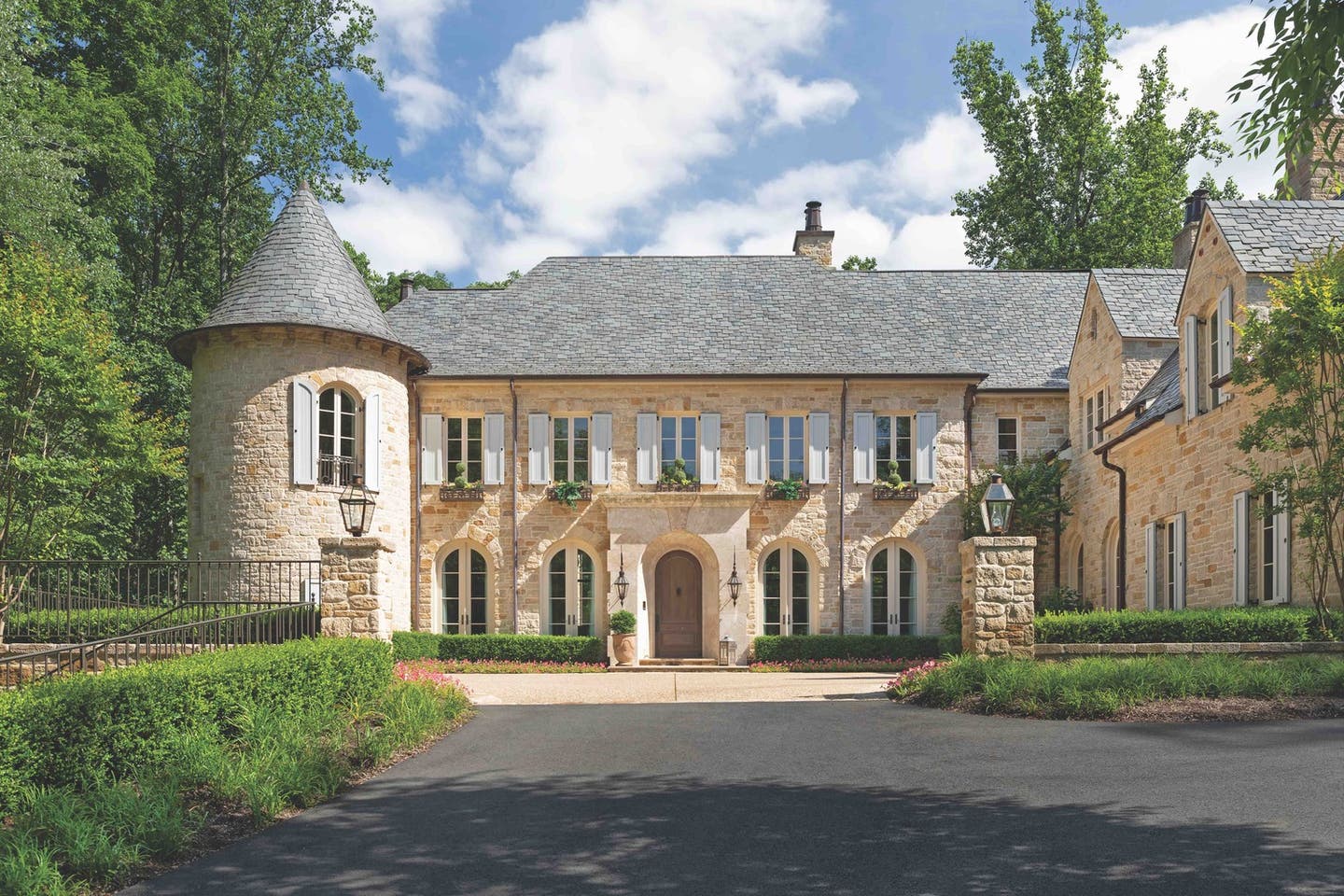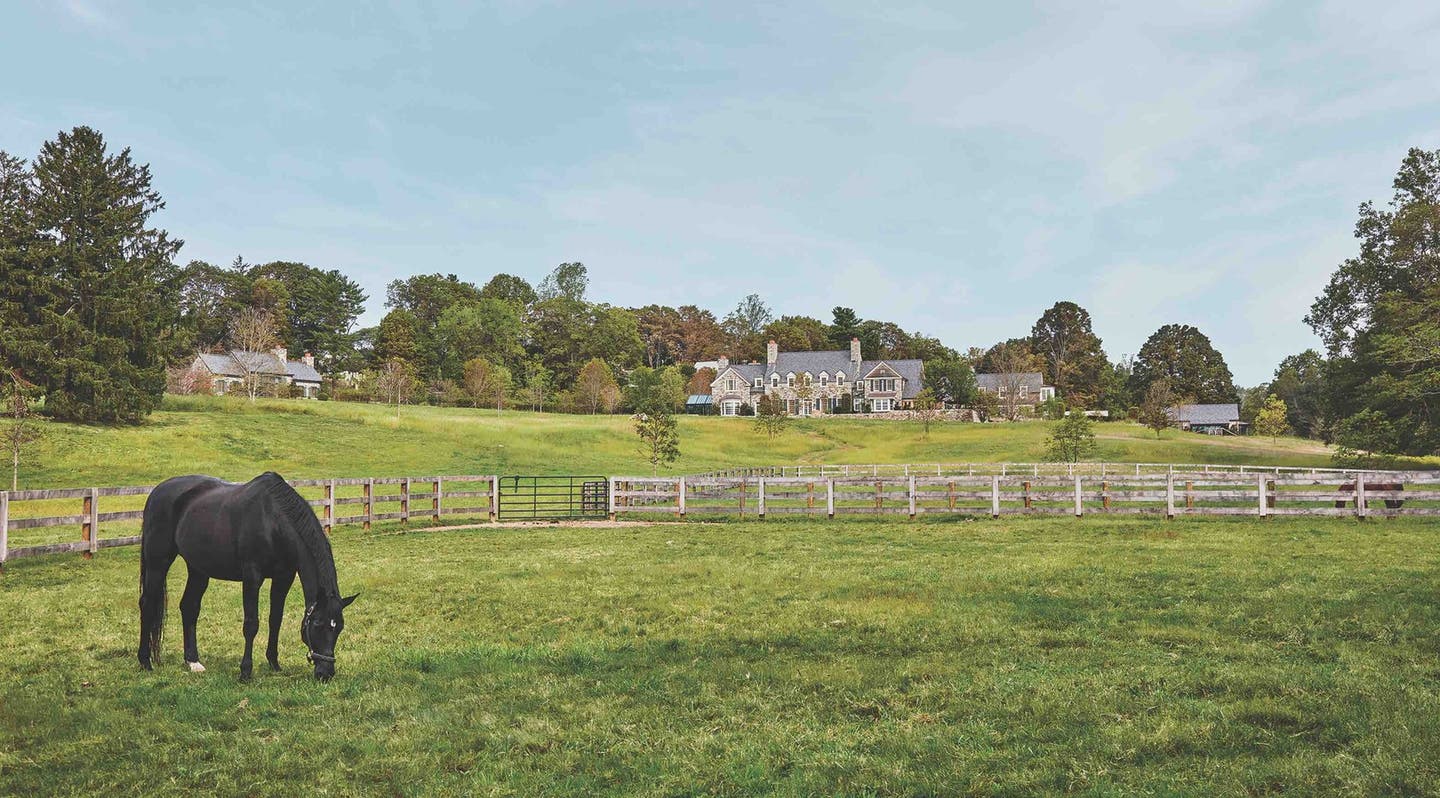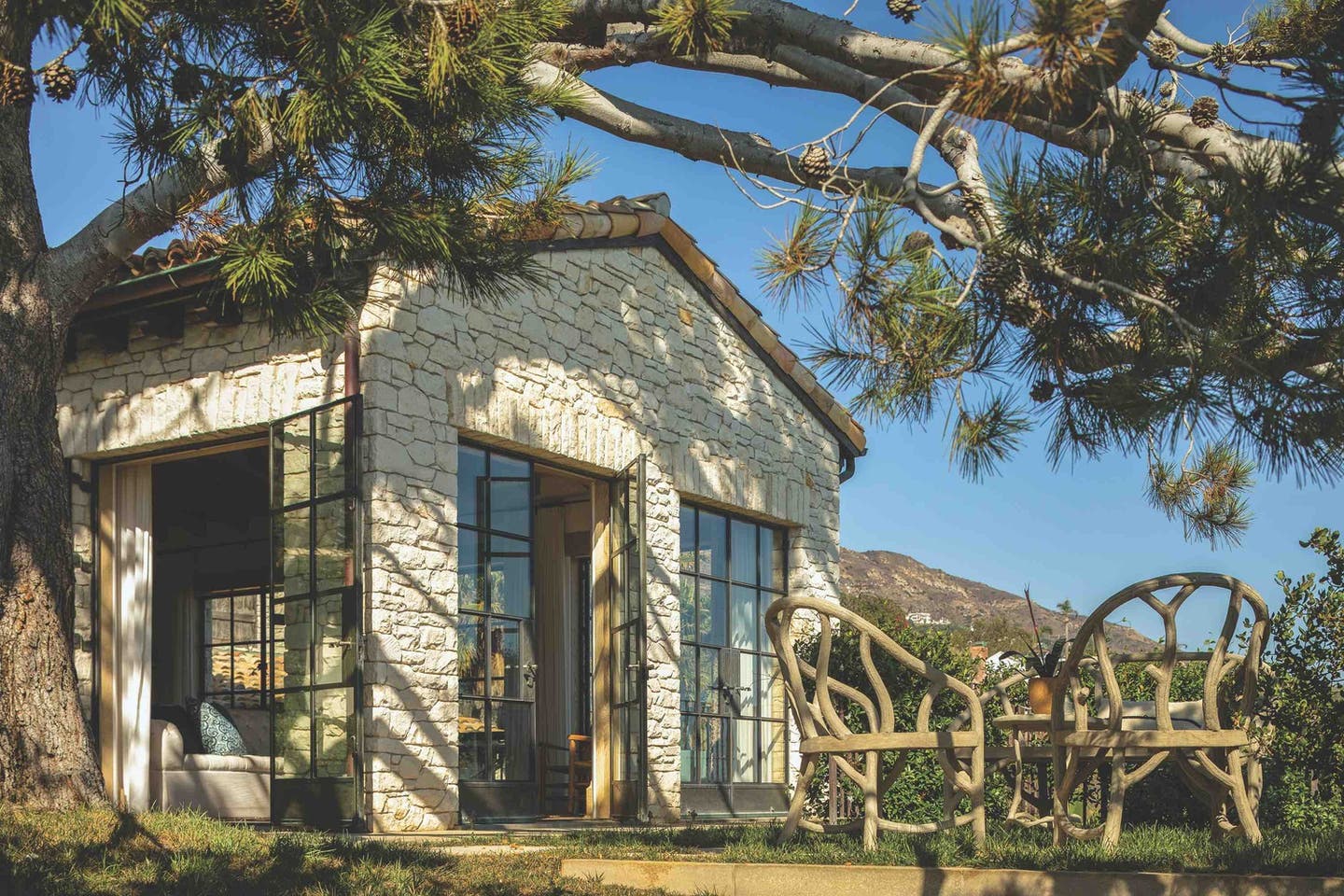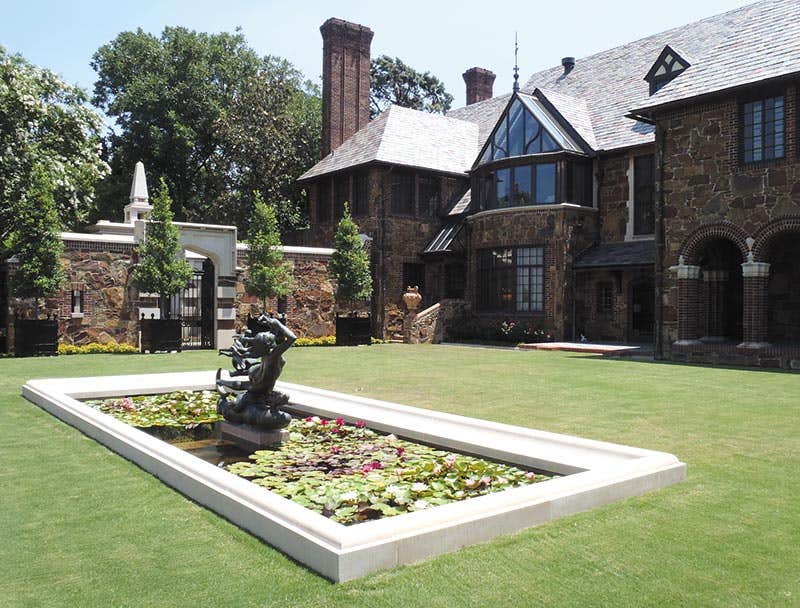
Projects
Ralph L. Duesing’s Italian-style Garden Restoration
Project: Fort Worth Garden, Fort Worth, TX
Architect: Ralph L. Duesing Architect, Dallas, TX; Ralph L. Duesing, principal
Landscape Contractor: M. M. Moore Construction Company, Inc., Addison, TX; Richard Moore, president
General Contractor: Deering Construction Inc., Fort Worth, TX

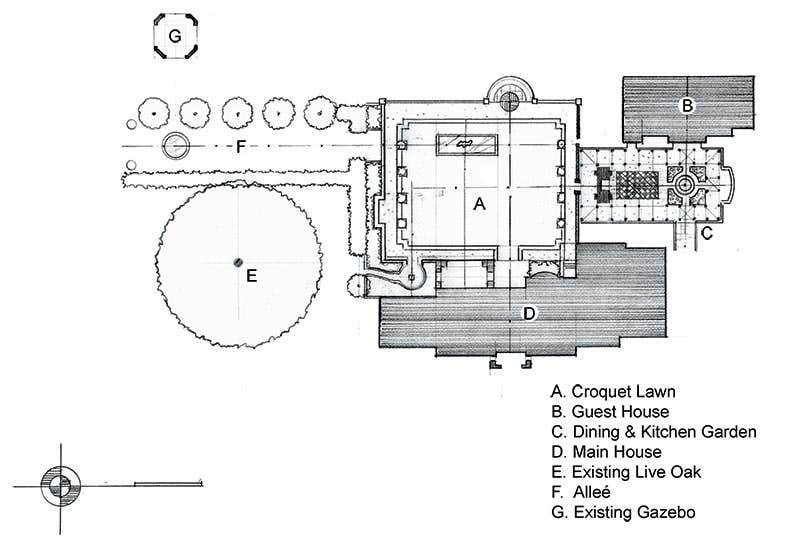

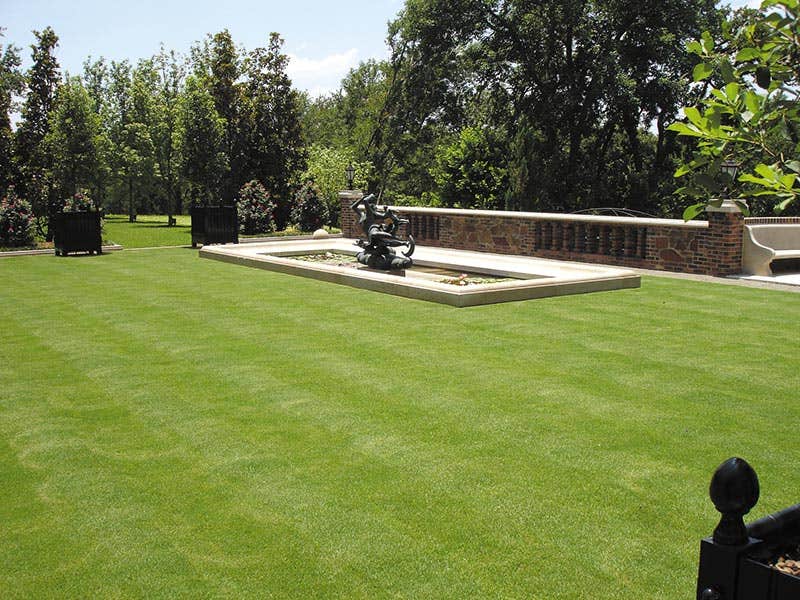
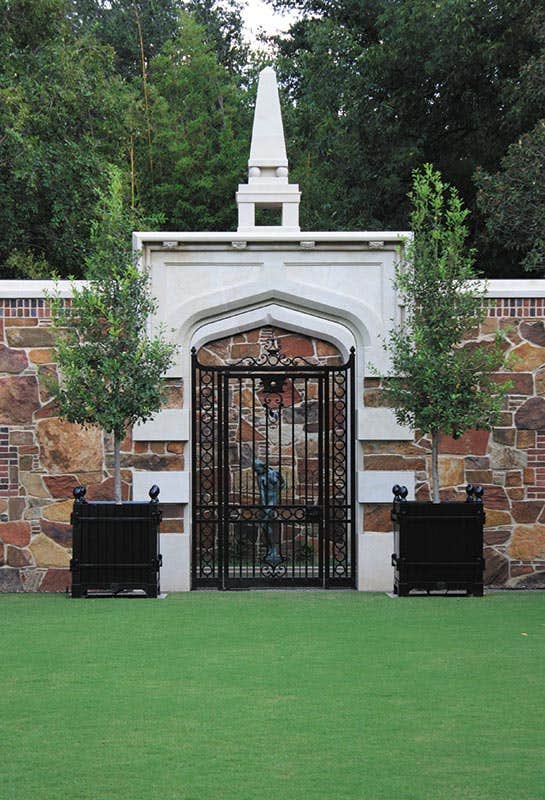


In 1928, the well-known Dallas firm Fooshee and Cheek designed a Tudor Revival house on a bluff overlooking the Trinity River valley in Fort Worth, TX. Built on a six-acre lot, the two-and-a-half-story house features decorative half-timbering in-filled with brick and stucco. A cross-gabled slate roof and steeply pitched dormers are accompanied with a unique blend of fieldstones, Tudor-arched entryways and windows with brick surrounds.
In mid-2007, a canopy on the rear elevation – which had been installed above a second-floor balcony to divert water – began to leak. Brad Deering of Deering Construction in Fort Worth, TX, initially considered extending the roof over the balcony, but instead opted to enlist the help of Ralph L. Duesing, principal of Dallas, TX-based Ralph L. Duesing Architect (www.ralphduesingarchitect.com). Instead of extending the roof, Duesing suggested building a conservatory that would overlook the backyard.
Unfortunately, the gardens were overgrown and didn’t complement the home’s traditional style. Trees were planted randomly to fill up the large space and as those trees grew, they split the yard in half and blocked the view from the house. There were walkways that didn’t lead to any specific destination and a gazebo was left near the edge of the bluff without a pathway to the house.
“The second-story conservatory solved the water leakage problem and gave the client an overlook of the garden that they liked very much,” says Duesing. “In talking about what they wanted to achieve, they really wanted an exterior dining area and kitchen garden. There are several pieces of sculpture, and some of them are significant pieces that were just thrown about the property and didn’t have any kind of placement. They were entered into the program as well and that got us started.”
Along with drawing on the existing architecture for inspiration, the design team also based their scheme on Italian landscape principles. “The Italians, especially with Italian Renaissance gardens, figured out that there are seven garden elements: the gate, alleé, pergola, bosket, exterior rooms, vignettes and fountains,” says Duesing. “We feel these elements, which started in historic times and were picked up by design schools, make for a successful garden. In this case, the big idea was exterior rooms. Of all those elements, exterior rooms were what we thought would bind everything together.”
The house dictated the placement of the exterior rooms. A wall of fieldstones built on an east-west axis coincides with the home’s interior. All of the formal rooms are toward the south side of the wall, while the service wing and the existing guest house are toward the north. “There were internal rooms that needed a view and linking those rooms to the exterior was something that we were very much trying to do,” says Duesing.
The primary exterior room – corresponding to the formal wing of the house – was created by adjoining the fieldstone wall to the house and a freestanding wall with an exedra, opposite the yard’s main entry. The three sides form the perimeter of a formal 3,000-sq.ft. croquet lawn. A fountain of lily pads displaying one of the clients’ sculpture serves as the room’s focal point, and flanking the lawn are two rows of Savannah holly in box planters. Rose bushes are planted against the house and along a circular gravel path that leads to an existing 90-year-old live oak. On the south side, a tall pleached Magnolia hedge acting as a wall enclosure opens to the adjacent alleé.
Combining elements from the croquet lawn, a tall hedge of hollies delineates one side of the alleé. Planted on the other side are five deciduous October Glory maples that were selected so that the valley view would be visible during the winter. A fountain at the terminus segues to the gazebo near the bluff’s edge and is accompanied with marble urns from the Rothschild era of the Mentmore Towers estate in Buckinghamshire, England.
“The biggest challenge was getting the right blend of fieldstones to match the house,” says Duesing. “We thought at first that this was a certain type of Oklahoma flagstone that we could just go out and purchase. When generating samples of the stone, it became apparent pretty quickly that we weren’t getting close. Finally, it was determined that the fieldstone was a compilation of four different sources, all of which came from Oklahoma. However, there was a peculiar type of stone that was a darker color, which showed up every so often on the house. We were fortunate to unearth some of these stones on the job site.”
The kitchen garden and dining area are located on the north side of the fieldstone wall. At the center of the 11-ft.-tall wall, a custom-designed wrought-iron gate was inspired by existing gates throughout the property. Above the gate, a collection of Lueders limestone rosettes were sculpted on a Tudor arch. “We used the live oak for one of our rosette designs,” says Duesing, “as it relates to the existing live oaks on the property. Another rosette is a magnolia, and the third is an acanthus, which is typical of Classical architecture.”
In the dining area and kitchen garden, the back of the fireplace wall features an obelisk and a Tudor arch. The wall conceals the density of the space, juxtaposed with the openness of the croquet lawn. A wrought-iron treillage ambulatory creates a pathway to the guest house and frames the dining area and kitchen garden. Topiary columns are planted in succession along with rosemary, herbs and small flowering plants. A non-aggressive lacy wisteria is trained to grow on the treillage columns. The kitchen garden consists of cut limestone curbs arranged in a parterre around a circular fountain. Underneath an Ipe pergola, the dining area is defined by the fireplace and a diamond-patterned floor of limestone and Vermont green slate, supplied by Fort Worth, TX-based Southwest Roofing.
The new conservatory includes copper detailing on the glass panels that mirror the decorative half-timbering on the front façade and is complemented with a copper weathervane.
Ironwork on the conservatory and other elements was fabricated by Fort Worth, TX-based Iron Craft Studios; other ironwork was completed by Carrollton, TX-based Watkins Ornamental Iron and Fort Worth, TX-based American Iron Works. Other key suppliers include Florence, TX-based Continental Cut Stone (limestone); Lampasas, TX-based Mezger Enterprises (limestone); Weatherford, TX-based Carroll Stone & Rock (flagstone); and Dallas, TX-based Custom Stone Supply (flagstone).
After nearly two years of construction and a meticulous search for materials, the garden rooms seamlessly meld with the existing architecture and set the stage for the view of the river valley beyond. “I wanted the garden to be very much a part of the home’s original design, both in scale and materials,” says Duesing. “The scale of the house is something that Fooshee and Cheek were very successful at – it works great with the garden. We didn’t want to produce some type of garden that looked like something other than belonging to this house. We accomplished that through material, scale and directly through the Tudor style.”

